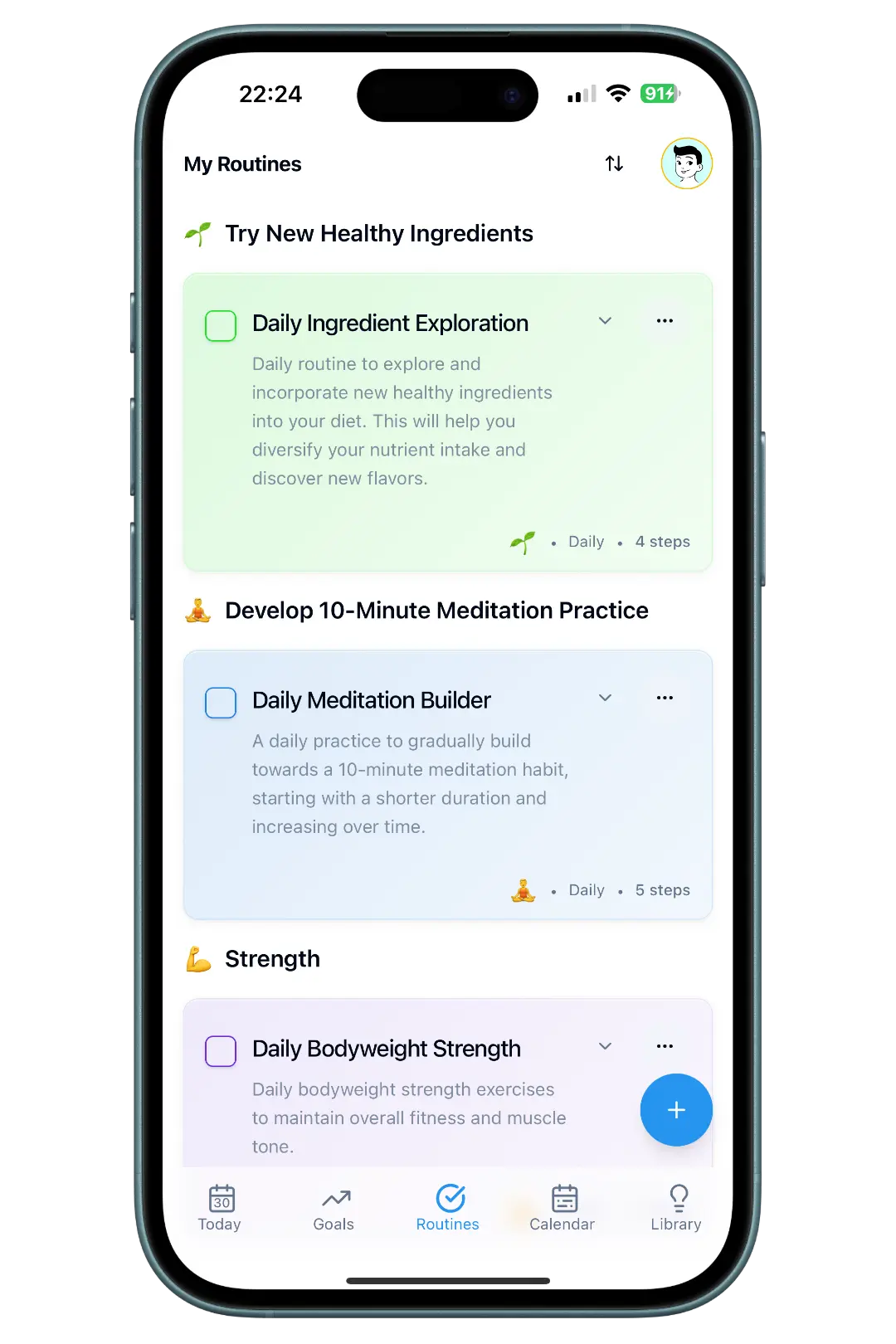
Achieve Your Health Goals Faster with a Structured Approach
February 2, 2025
Do you feel like your health efforts are scattered and inconsistent? While any positive action is good, a structured approach can dramatically increase your efficiency and speed up your progress towards significant health goals. Here's why structure matters and how to implement it.
1. Clarity Defeats Ambiguity
A structured approach starts with clear, well-defined goals (using frameworks like SMART goals). Knowing exactly what you're aiming for eliminates guesswork and allows you to create a targeted plan.
- Unstructured: "I want to eat better."
- Structured: "I will eat 5 servings of fruits/vegetables daily and limit processed snacks to twice a week."
2. Planning Creates Efficiency
Structure involves planning your actions in advance. This saves mental energy and time during busy weeks.
- Meal Planning: Prevents last-minute unhealthy choices.
- Scheduling Workouts: Ensures exercise happens instead of being squeezed out.
- Prepping: Laying out clothes or packing gym bags removes friction.
Refer back to how to organize your health routine for more detail.
3. Consistency Builds Momentum Faster
Random acts of health are less effective than planned consistency. A structured routine ensures your desired habits are performed regularly, creating compound effects over time.
- Daily small actions build habits more effectively than occasional intense efforts.
- Consistency reinforces neural pathways, making the habit automatic.
4. Tracking Provides Crucial Feedback
A structured approach includes monitoring your progress. This isn't about judgment; it's about data.
- Use ProgressMade: Log your planned activities (workouts, meals, meditation) consistently.
- Identify Patterns: Tracking reveals what's working, what's not, and when you typically struggle.
- Objective Measurement: See real progress, which fuels motivation, rather than relying on subjective feelings.
5. Enables Proactive Problem-Solving
When you have a plan, you can anticipate potential obstacles and build in contingencies.
- Structured: "My workout is scheduled for Tuesday evening. If my meeting runs late, I will do my 20-minute backup home workout instead."
- Unstructured: "I'll try to go to the gym Tuesday." (Meeting runs late, workout skipped).
6. Facilitates Systematic Review and Adjustment
Structure makes it easier to evaluate your progress and make informed changes.
- Regular Check-ins: Set aside time weekly or bi-weekly to review your ProgressMade logs and plan.
- Ask Questions: Are the actions leading towards the goal? Is the plan sustainable? Does anything need modification?
- Adapt Based on Data: Increase workout intensity, adjust meal timings, or modify goals based on your tracked results and experience.
7. Reduces Decision Fatigue
Constantly deciding when or if you'll do your health habits drains mental energy. A pre-defined structure automates these decisions.
- Your workout time is already set.
- Your healthy lunch is already prepped.
- You simply execute the plan.
While flexibility is important (see the 80/20 rule), having a solid underlying structure provides the foundation for rapid, sustainable progress. Stop hoping for results and start planning for them. Implement a structured approach and watch your health goals become reality much faster.
